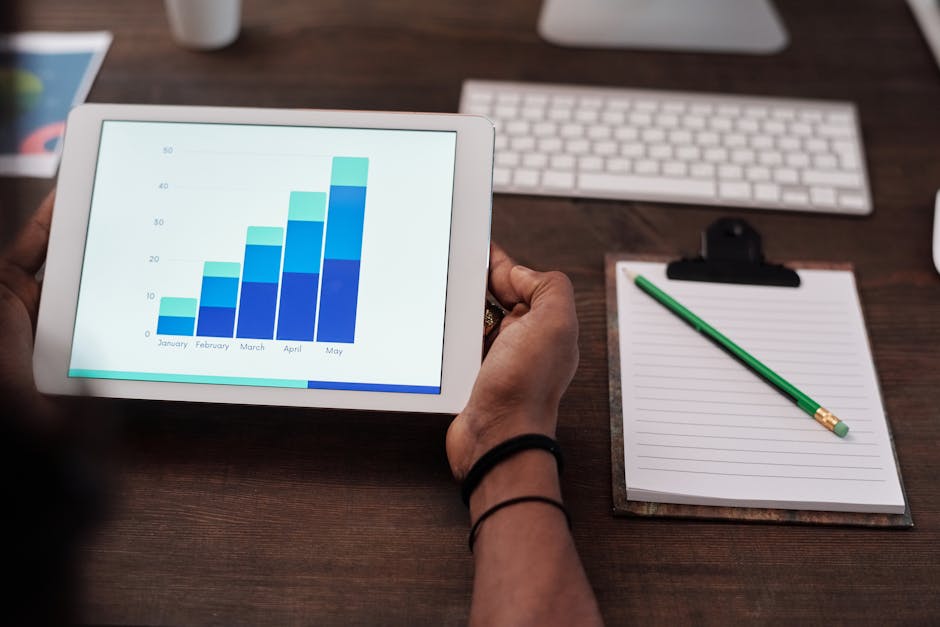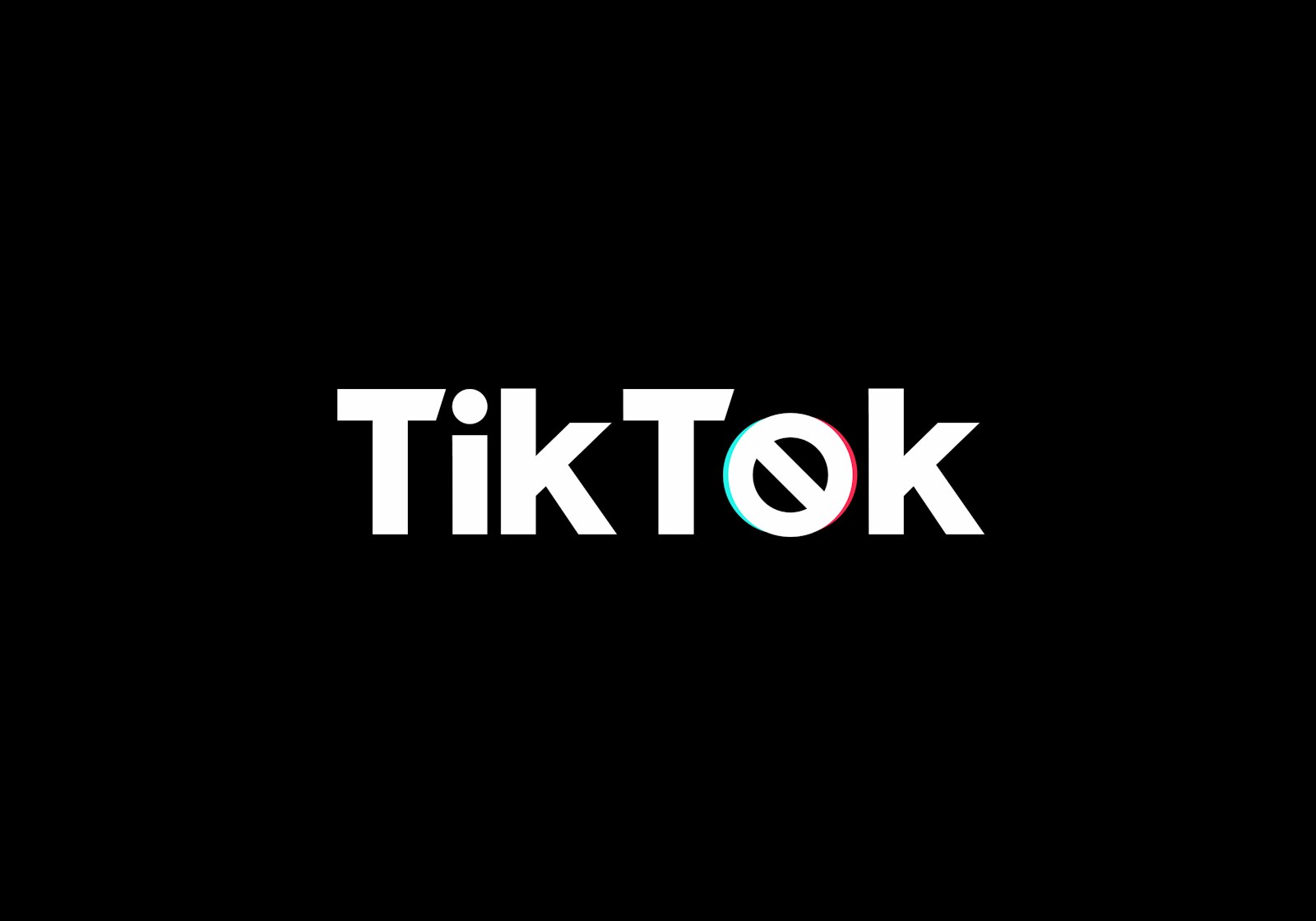Mastering Google Ads Automation. Boost Your Advertising Strategy.
In today’s digital landscape, capturing every potential lead and conversion is crucial for maximizing your marketing efforts. Whether you’re tracking offline conversions, automating lead notifications, or integrating Google Ads automation with CRM systems and mailing lists, these strategies can significantly enhance your campaign’s performance. Let’s explore how you can leverage these tools to create an efficient marketing strategy.

Tracking Offline Conversions
Tracking offline conversions is essential for improving your Google Ads strategy. When you focus solely on online actions, you miss valuable data from offline interactions. Automated workflows like those offered by Zapier can bridge this gap, syncing your CRM tools directly with Google Ads.
Salesforce integration automatically sends new opportunities as offline conversions to Google Ads, eliminating manual data entry. This integration captures essential details about your offline leads, ensuring your Google Ads automation strategy is well-informed.
Pipedrive also plays a significant role. As deals get updated, Zapier’s integration can send these changes directly to Google Ads. This means your campaign’s performance evaluation includes critical offline touchpoints. For example, if a meeting is scheduled or a deal moves to the next stage in Pipedrive, this event can be recorded as an offline conversion.
HubSpot users can streamline their workflow by setting up a Zap that instantly sends changes in a contact’s lifecycle stage to Google Ads. This allows for more targeted ads, reduced wasted ad spend, and higher ROI.
Close CRM simplifies the process as well. New opportunities in specific statuses are sent as offline conversions to Google Ads automatically. This precision means you only spend on what truly works.
Benefits of CRM Integration:
- Ensures no lead falls through the cracks
- Captures value from all clicks, regardless of where the action happens
- Allows for customization to fit exact needs
- Frees up time and reduces errors
- Keeps data actionable and current
By leveraging integrations with your CRM tools, your Google Ads strategy becomes comprehensive and efficient. Integrating CRM tools with Google Ads via Zapier transforms disconnected data points into a cohesive strategy, offering deeper insights and driving better results.

Automating Lead Notifications
Timely follow-up is crucial in converting leads into loyal customers. By automating email or Slack notifications for new leads generated in Google Ads, you ensure that no opportunity is missed. Zapier can seamlessly connect your Google Ads to Gmail, Microsoft Outlook, or Slack, keeping your team always informed.
Email Integration:
- Gmail: Set up workflows that automatically generate a custom email whenever a new lead surfaces in Google Ads.
- Microsoft Outlook: Receive instant lead information via email, turning warm leads into hot prospects.
Slack Integration: Take team collaboration to another level by automating lead notifications to a designated Slack channel. This setup fosters a collaborative environment where team members can quickly strategize on the best approach to engage the lead.
These Zapier workflows are customizable. You can filter notifications to ensure only the most relevant leads are flagged, minimizing noise and maximizing productivity. For instance, you can set up a filter to notify sales reps about high-value leads only.
“Automating lead notifications significantly lightens the administrative load, removes the risk of missing out on a lead due to oversight, and allows your team to focus more on engaging with leads.”
These automated workflows create an efficient system where lead management is timely and effective. They ensure quick response times, promote team collaboration, and free up valuable time, allowing your team to concentrate on converting leads into customers.
Integrating Google Ads with CRM and Mailing Lists
Connecting Google Ads with your CRM systems and email marketing tools can streamline your sales funnel. This integration ensures no lead falls through the cracks, fostering a more efficient and effective sales process.
Key Integrations:
- ActiveCampaign: Automatically import new leads as contacts, enabling immediate follow-up actions.
- Mailchimp: Trigger new subscriber additions or updates based on Google Ads lead forms.
- Salesforce: Send new leads directly to Salesforce, keeping your sales team up-to-date in real-time.
- HubSpot: Import new leads as contacts, eliminating duplicate data entry.
- Klaviyo: Generate subscribers automatically from Google Ads leads, ideal for eCommerce businesses.
Importing data back into Google Ads from these platforms ensures your ads are seen by the right people. For example, as new subscribers are added to Mailchimp, a Zap can send this information to Google Ads, updating custom audiences.
Shopify stores can also leverage these integrations. A new customer purchase can trigger a workflow that automatically adds this customer to a Google Ads custom list, enhancing repeat purchases and customer loyalty.
Connecting Google Ads with these platforms aids in tracking and analyzing the customer journey, providing a clearer picture of which marketing efforts are most effective. This insight allows you to fine-tune your strategies, allocate resources better, and optimize your ROI.
Google Ads automation with your CRM and email marketing tools transforms disparate data into a cohesive, actionable strategy. Automated data transfer ensures accuracy and timeliness, maximizing your marketing efforts and driving better results.

Automated Bidding Strategies
Google Ads offers various automated bidding strategies designed to help businesses achieve different campaign objectives with minimal manual intervention. Each strategy has its strengths, making it suitable for specific goals such as lead generation, direct sales, brand visibility, and website traffic.
| Strategy | Best For | Description |
|---|---|---|
| Maximize Conversions | Lead Generation | Uses machine learning to adjust bids in real-time, aiming to generate the maximum number of conversions within your budget. |
| Target CPA | Specific Lead Types | Allows you to specify the average amount you’re willing to pay for a conversion. |
| Maximize Conversion Value | Direct Sales | Aims to get the most sales revenue for your ad spend. |
| Target ROAS | Specific ROI Goals | Lets you set the desired revenue return for your ad investment. |
| Target Impression Share | Brand Visibility | Ensures ads appear at the top of search results or have high visibility on other placements. |
| Maximize Clicks | Website Traffic | Designed to get as many clicks as possible within your budget. |
Despite the advantages of automated bidding, there are scenarios where manual bidding might still be necessary. Highly competitive keywords or niche markets might require a more hands-on approach. Manual CPC (Cost Per Click) bidding gives you full control over your bids, allowing for granular adjustments based on specific performance data.
In practice, effective use of automated bidding often involves a mix-and-match strategy adapted to specific campaign goals and performance data. Regular monitoring and adjustments based on analytics are crucial to ensuring that automated strategies are performing effectively.
By understanding and implementing these strategies, your Google Ads campaigns can achieve greater efficiency, higher ROI, and sustained growth. Whether you’re focused on lead generation, direct sales, brand visibility, or website traffic, there’s an automated strategy designed to enhance your efforts.
Usage of Responsive Ads
Responsive ads, particularly responsive search ads (RSAs) and responsive display ads (RDAs), have transformed how advertisers create and optimize their campaigns. These ad formats use automation to enhance performance but need thoughtful manual input to ensure effectiveness.
RSAs dynamically adjust headline and description combinations in real-time, aiming to show the most relevant message to each potential customer. The algorithm serves different combinations and learns from user interactions to prioritize the best performers. This flexibility allows for broader reach and more personalized messaging, ultimately improving ad relevance and performance.
To maximize RSAs, craft a variety of high-quality headlines and descriptions. The more options you provide, the better the algorithm can mix and match to find effective combinations. However, be strategic—each headline and description should individually make sense and convey a clear message. Ensure they reflect different aspects of your business or product, encompassing various value propositions, calls to action, and customer pain points.
Pinning is another feature you can use in RSAs, but cautiously. Pinning a headline or description ensures it always appears in a specific position. While pinning can force consistency, it also limits the algorithm’s flexibility, potentially reducing ad strength. Use pinning sparingly—for instance, pin a brand name headline to ensure brand visibility, but allow other elements to rotate freely.
RDAs offer similar automation benefits but within the Google Display Network. They automatically adjust size, appearance, and format to fit various ad spaces across websites, apps, and videos. This adaptability increases the chances of your ad appearing in more placements, enhancing brand visibility.
Tips for Creating Effective RDAs:
- Provide high-quality assets, including images, headlines, and descriptions
- Include diverse images that capture your product from different angles or contexts
- Mix compelling headlines with detailed descriptions to cover a range of customer interests
- Preview your ads in different formats using Google’s ad preview tool
The main pitfall in RDAs lies in the automated adjustments potentially diluting your brand’s message. To mitigate this, always preview your ads in different formats to ensure they maintain their visual and message integrity.
Regular performance reviews are crucial. Use Google Ads’ reporting tools to analyze how different headlines, descriptions, and images perform. Pay attention to metrics like click-through rates (CTR), conversion rates, and ad strength scores. These insights guide you in tweaking your assets, ensuring continuous improvement in your ad campaigns.
“Combining manual creativity with automated optimization can lead to exceptional outcomes.”
For example, a dynamic headline like “Find Your Dream Home in [City]” paired with specific descriptions about property features and location benefits can perform well across diverse user queries and display contexts. As the algorithm gauges which combinations resonate the most, it serves the right message at the right time, maximizing engagement and conversions.
In summary, responsive ads offer a blend of automation and manual creativity, promising enhanced reach and relevancy. By creating high-quality, varied ad assets and leveraging Google’s optimization capabilities, you can craft effective RSA and RDA campaigns. Regular monitoring and adjustments ensure these automated solutions align with your strategic goals, driving better ad performance and higher ROI.
Managing Automated Ad Assets
Managing automated ad assets requires a balanced approach for digital marketers. Google’s automated ad creation features, such as Automatically Created Assets, offer convenience and efficiency, yet they come with their share of challenges. Understanding when to leverage these automated tools and when to prefer manual intervention is crucial for optimizing your Google Ads campaigns.
The main advantage of Google’s Automatically Created Assets lies in their ability to save time and streamline the ad creation process. By using machine learning to generate headlines, descriptions, and other ad components, Google can quickly adapt your ads to various contexts and audience segments. For businesses with limited marketing resources, this automation can be particularly helpful.
However, this convenience comes with trade-offs. The major downside is the lack of control over the creative content. Automatically Created Assets can sometimes result in generic or less compelling ad copy, failing to capture the unique value propositions or brand voice of your business. There’s also the risk of mismatched messaging, as the automated system might not fully understand the nuances of your brand or target audience.
Guidelines for Balancing Automation and Manual Control:
- Allow Google to generate assets when time or resources are limited, or when running broad campaigns where personalized content is less critical.
- Manually oversee asset creation for campaigns where brand messaging, tone, and specificity are paramount. High-stakes campaigns, especially those for premium products or services, benefit from custom ad copy that resonates deeply with your target customers.
- Use automated tools for scaling efforts and initiating broad-reach campaigns quickly. Simultaneously, allocate resources to carefully manage and optimize high-value campaigns to ensure they reflect your brand’s unique voice and objectives.
Recent changes in local service ads (LSAs) credits further illustrate the importance of managing automated features wisely. Google’s new system for Local Services Ads now automatically reviews all leads using machine learning and credits invalid leads without the need for manual disputes. This update aims to ensure fairness and save advertisers time, particularly benefiting small businesses or those with limited resources.
For businesses, this change means paying close attention to the quality of leads being credited automatically. While it’s efficient, the lack of manual intervention could mean some poor-quality leads slip through the cracks. However, the use of Google’s lead feedback survey allows advertisers to continually refine the types of leads being credited, ensuring improved lead quality over time.
In essence, Google’s automated ad creation capabilities offer significant time-saving benefits and the potential for increased campaign efficiency. Yet, they require strategic oversight to avoid generic messaging and ensure high-quality, brand-specific ads. By thoughtfully combining automation with manual curation, businesses can leverage the best of both worlds, driving superior ad performance and higher ROI.
Integrating various tools with Google Ads transforms scattered data into actionable insights. By streamlining processes and automating tasks, you not only save time but also improve the accuracy of your campaigns. This approach ensures that every interaction counts towards achieving better results and sustained growth.
Consider the following benefits of tool integration:
- Enhanced data analysis: Combining data from multiple sources provides a more comprehensive view of campaign performance.
- Improved efficiency: Automation reduces manual work, allowing marketers to focus on strategy and creative tasks.
- Better decision-making: With more accurate and timely data, advertisers can make informed decisions quickly.
Remember, the key to successful integration is selecting tools that complement your specific business needs and marketing objectives. Regularly assess the effectiveness of your integrated toolkit and be prepared to adapt as your campaign requirements evolve.



